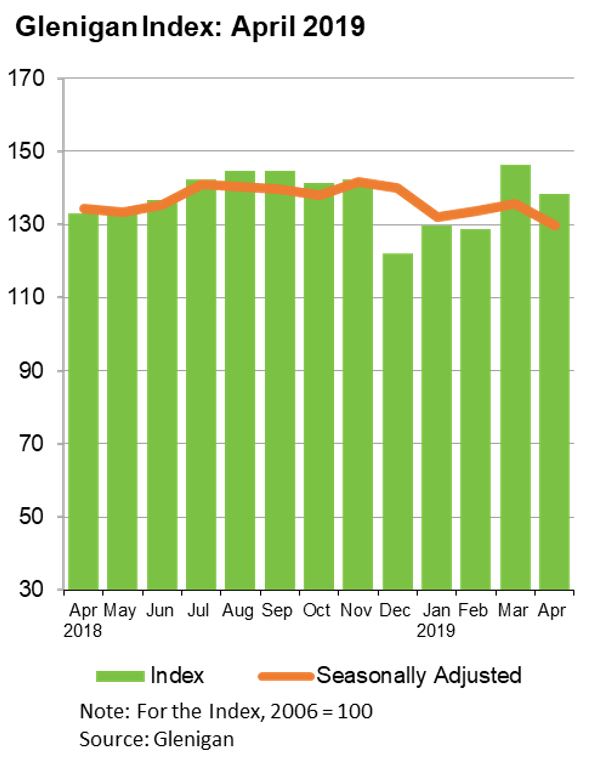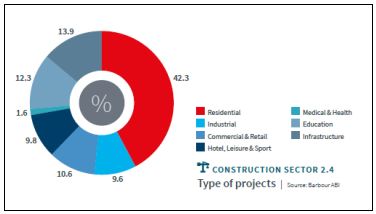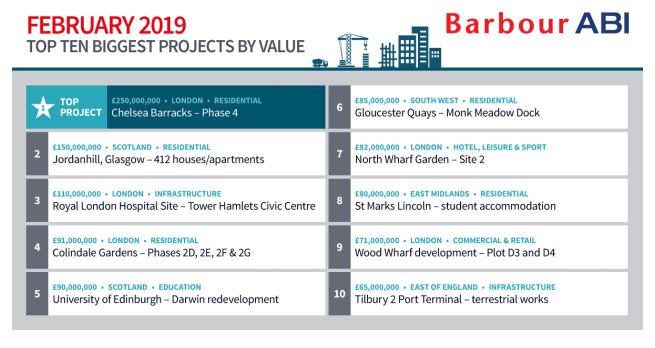The Government must review its approach to apprenticeships following new statistics published which show that construction apprenticeship starts have plummeted by almost half.
According to the Federation of Master Builders (FMB), in March 2019 there were only 694 Construction, Planning and the Built Environment apprenticeship starts compared with 1,247 in March 2018.
Brian Berry, Chief Executive of the Federation of Master Builders, said “Construction apprenticeship starts have suffered a serious hit and we now need decisive action from the Government in order to reverse this decline. The Government must accept the recommendation made in the Review of Post-18 Education and Funding, to make provision for full funding, at all ages, for first qualifications at Level 2 and 3. The Government is uniquely placed to drive the apprenticeship agenda, and if Ministers want to achieve their target of three million apprenticeship starts by the end of next year, they must review apprenticeship policy, including the Apprenticeship Levy.”
“Of course the construction industry itself must do more to rally around a shared ambition to promote the industry and all its merits, such as innovation, design and entrepreneurship. The drop in starts by almost half should sound the alarm that we aren’t doing enough to get the message out there. If we don’t address the skills shortage by increasing training and apprenticeships, the construction industry won’t be able to expand and grow. Introducing a mandatory licensing scheme for UK construction could help create the culture change our industry needs by improving our reputation through increased quality and professionalism and thus make us more attractive to new entrants.”








